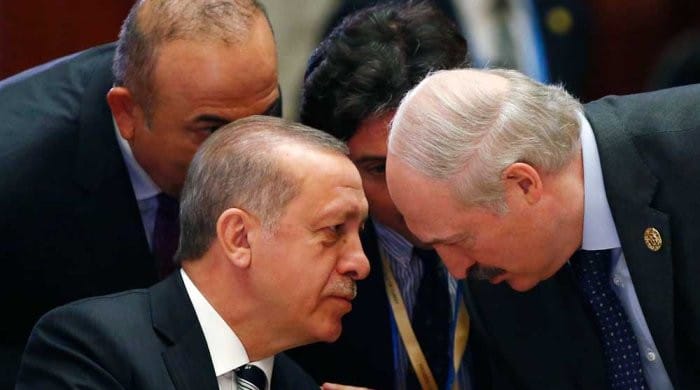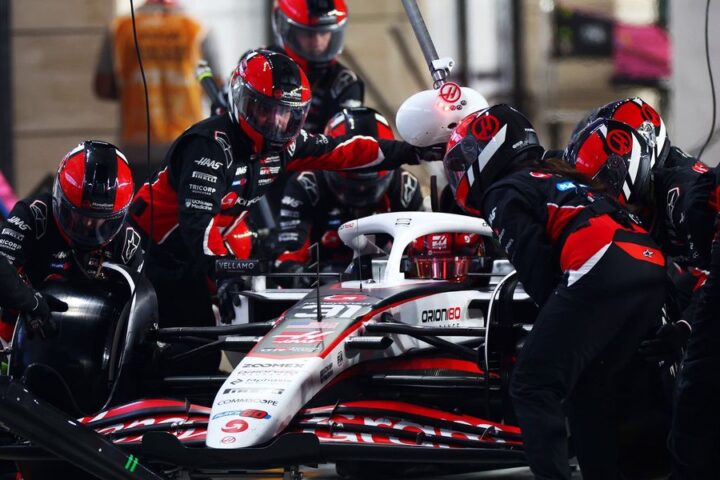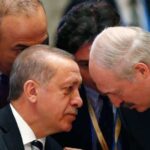Russia’s ambitions for a high-tech war effort are under growing strain as new data reveal a sharp decline in the country’s drone production. According to Russia’s official statistics agency, output of unmanned aerial vehicles (UAVs) fell by 7.2% in June 2025, contributing to an overall 6.8% drop in the production of transport equipment. This downturn follows a significant May surge and signals serious disruption in one of the Kremlin’s most prioritized military-industrial sectors.
The drop aligns closely with a series of Ukrainian precision strikes on critical facilities tied to UAV manufacturing and component supply. Notably, in June, Ukraine struck the Atlant Aero plant in Rostov Oblast, a key site for producing parts for combat drones, electronic warfare systems, and FPV munitions. A month earlier, a major semiconductor plant in Oryol Oblast also suffered damage. Earlier in the year, Ukrainian drones halted operations at Kremniy EL Group, one of Russia’s largest chip producers.
Economic slowdown limits industrial recovery
Beyond battlefield damage, broader economic stagnation is further weakening Russia’s drone production capacity. The industrial production index for January–June 2025 rose just 1.4% compared to the same period in 2024. In month-on-month terms, June saw a 1.9% decline, reflecting sluggish output across several sectors. This slowdown underscores the structural limits of Russia’s war economy after over three years of intense conflict and international sanctions.
Even flagship drone facilities are facing severe financial hardship. The Scientific and Production Center for Unmanned Aerial Systems in Tomsk, once touted as a backbone of Russia’s UAV future, has fallen into debt. Employees haven’t been paid for over six weeks, and in July many received pay cut notices or were offered downgraded contracts, effectively pressuring them to resign. The Alabuga drone complex, part of an ambitious multi-billion-ruble initiative to rival global UAV leaders, has also come under scrutiny after repeated strikes and reports of forced labor conditions.
Russia may revert to manpower-driven warfare
The convergence of Ukrainian attacks, economic exhaustion, and poor industrial resilience has forced a strategic reckoning. Analysts suggest that Russia may be unable to sustain or expand its production of drones and high-precision weaponry. Without a reliable technological advantage, Moscow appears increasingly reliant on traditional manpower to fuel its war effort.
This shift raises alarm over a return to a casualty-heavy model of warfare. With fiscal constraints mounting and oil and gas revenues declining, the Kremlin faces difficult budget choices. Social programs and regional subsidies are being trimmed, while tax burdens on ordinary citizens rise. Meanwhile, elites remain insulated — the prospect of conscripting the sons of generals is still politically untouchable.
In practical terms, this means more husbands, sons, and students from working-class backgrounds could be drafted in place of drones and smart weapons. For many Russians, the war is no longer fought by machines at a distance but is returning to a reality of human sacrifice, underlining the widening gap between Kremlin rhetoric and battlefield capacity.














